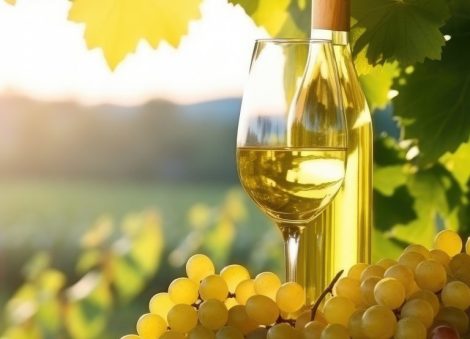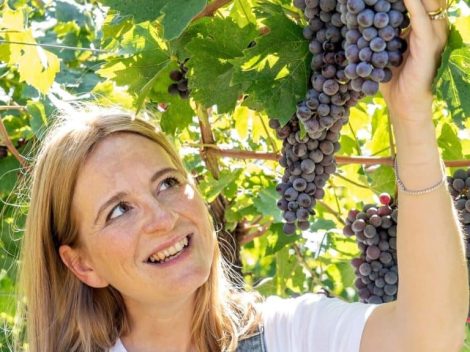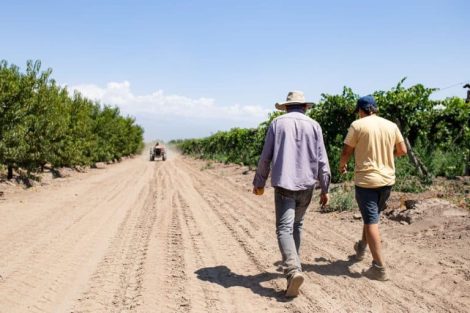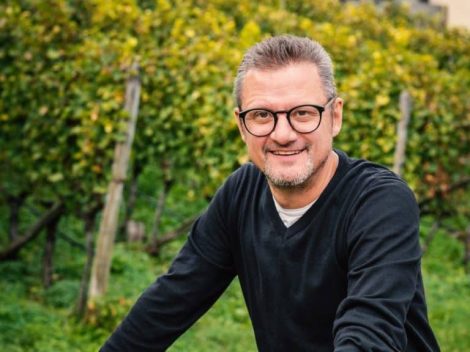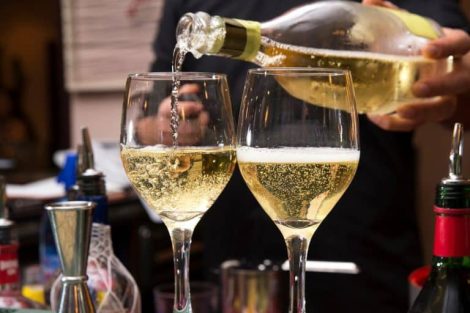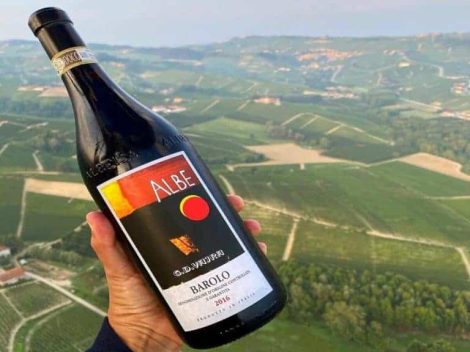If you happen to be there early in the morning, the port of Goro is swarming with men and boats "that the Normandy landings are nothing compared to it". This extraordinary landscape arose from the sand transported over the centuries by the Po river, a strip of land subjected to the vagaries of the sea that forms a bight: a lagoon initially suffered from the inhabitants, then transformed into a place of breeding and work (here the 15% of the Italian aquaculture production, primarily Manila clams).
The discovery of golden oysters
In these waters and in this salty air Edoardo Turolla took his first steps, first as a child with a passion for shells (he never stopped collecting them), then at sea alongside his father, "one of those fishermen who put his head and heart into it". A biology student and fisherman himself, he is now head of the Divisione Molluschicoltura per l’Istituto Delta, which he founded in 2001 in collaboration with the University of Ferrara. It is among the ampoules and neon lights of his laboratory (C.Ri.M. Centro Ricerche Molluschi) that land "any absurd creature recovered from the sea, be it a crab or a mollusc or who knows what", while in the tanks grow the larvae of many cute little animals that will end up on our plates.
The Golden Oyster. An excellence of Goro
In 2015, the blindfolded goddess (or rather the keen eye of a fisherman friend, Vadis Paesanti) brought him a small, yellowish, or better golden, oyster, christened the Golden Oyster. Funnily enough, Edoardo discovered shortly after another specimen among the creatures in the laboratory: as triple luck would have it, they are a male and a female. It's his job to get them to reproduce, "and I certainly wasn't thinking about its business developments". Looking at him and listening to him, it's not hard to believe: his tongue loosens, his eyes sparkle. Edoardo's passion emerges from every word: "This job is my life. If I didn't have a family, I would sleep in here".
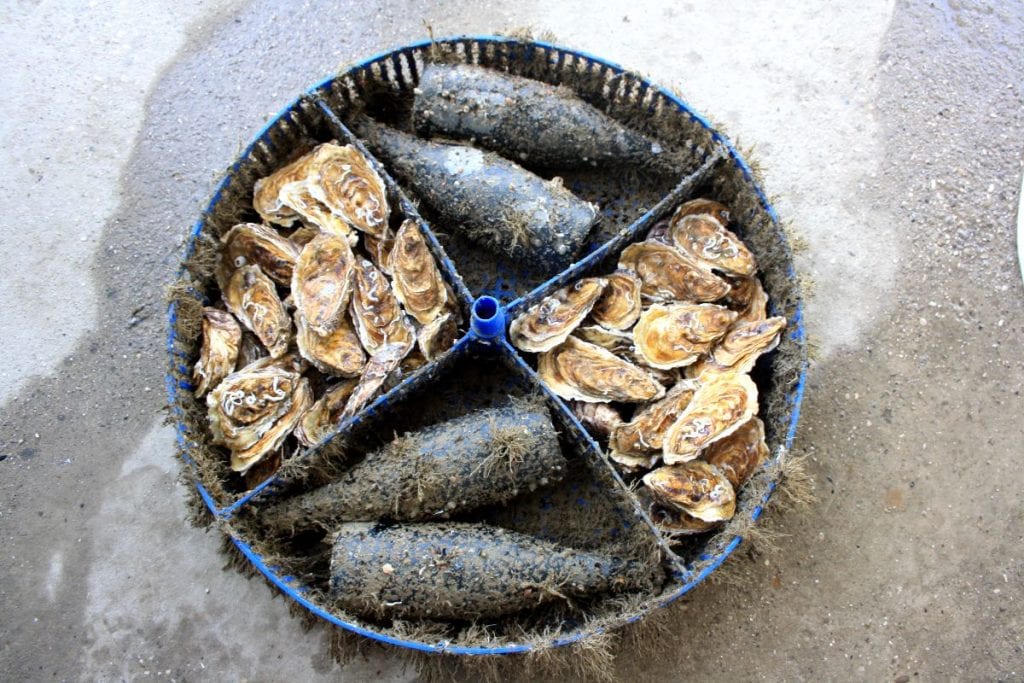
The production of the Golden Oyster
The miracle took place and, in just a few years, the production of the extremely rare Golden Oyster became an excellence of Goro and Italy. In Europe there are no other farms for this species and the growth potential is very high, since 99% of the oysters consumed in Italy are imported from abroad. "To avoid any misunderstandings, at the moment they are marketed exclusively for direct sale". The oysters have always been produced by the cooperativa Sant'Antonio di Gorino, now joined by the cooperativa Rosa dei Venti. A stackable, modular, plastic container for farming, that can be plunged into the sea without harming the ecosystem, is another piece of Italian ingenuity, patented in collaboration with Acqua&Co of Reggio Emilia; its name is Ostriga "a tribute to Goro, the dialect name for mollusc". Worth mentioning is also the Co.Pe.Go. (Consorzio Pescatori Goro - Goro Fishermen's Consortium), which over the years has always embodied "a role of patronage, facilitating with facts the technological development of the sector". Time and market will prove the brave right.
by Emiliano Gucci

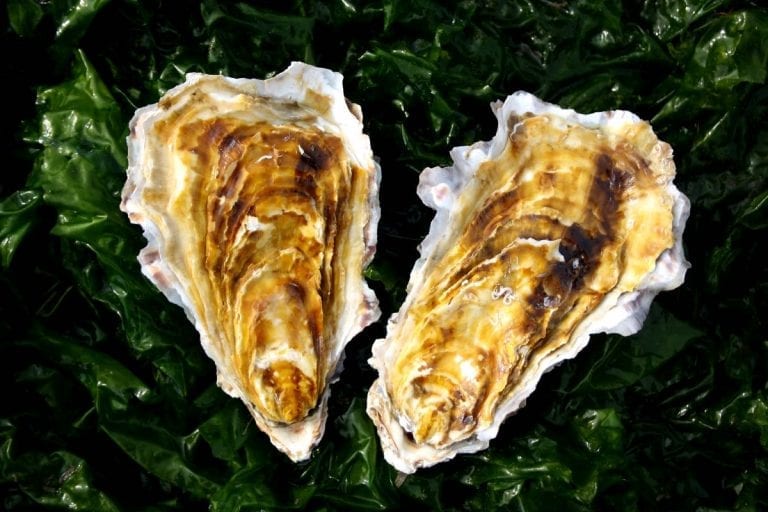
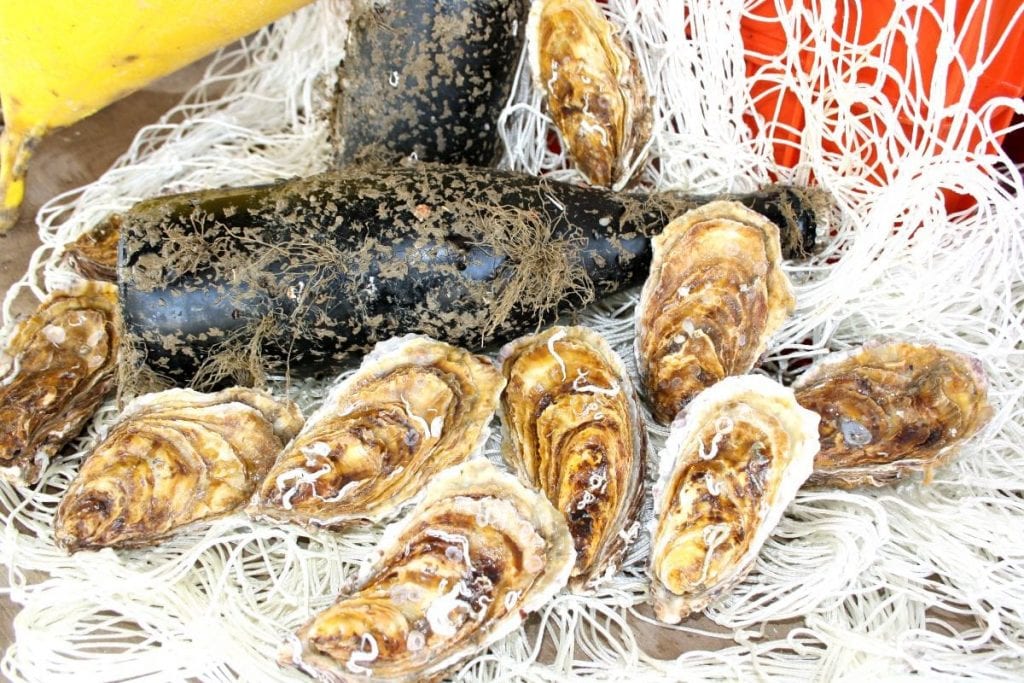
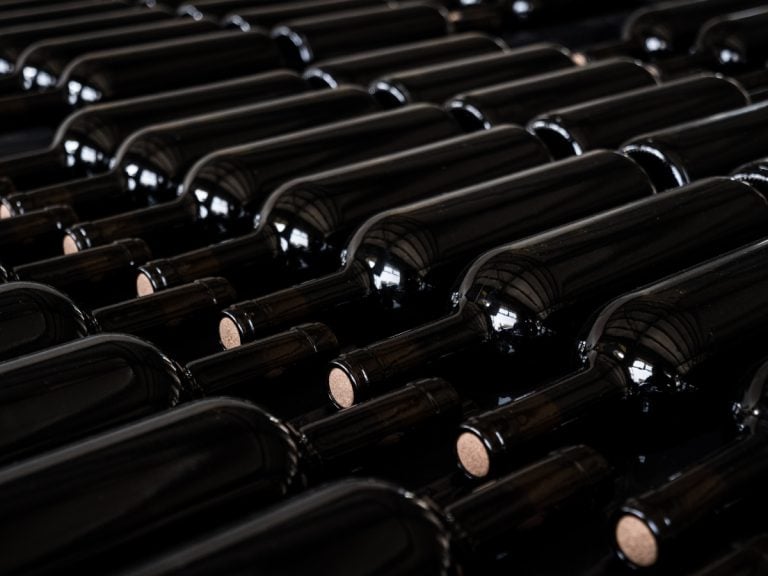 Italian wine exports reach €5.1 billion in the first eight months of the year
Italian wine exports reach €5.1 billion in the first eight months of the year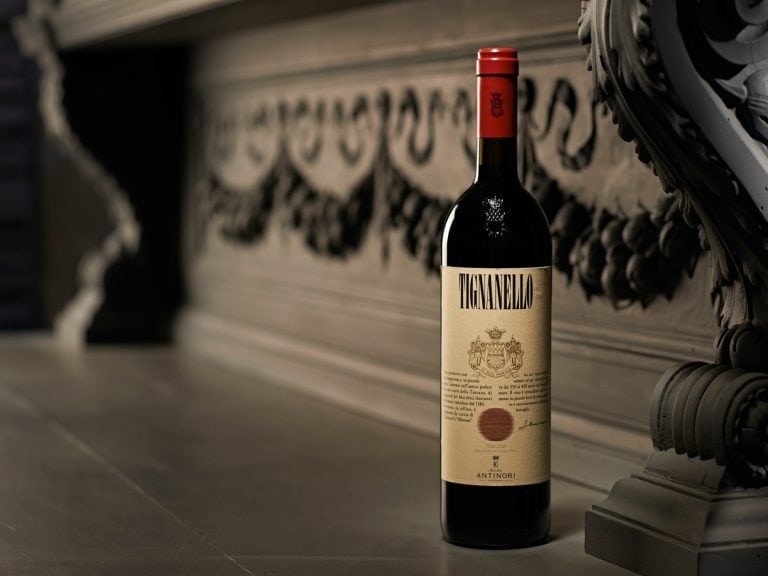 A Supertuscan takes the podium in Wine Spectator’s rankings
A Supertuscan takes the podium in Wine Spectator’s rankings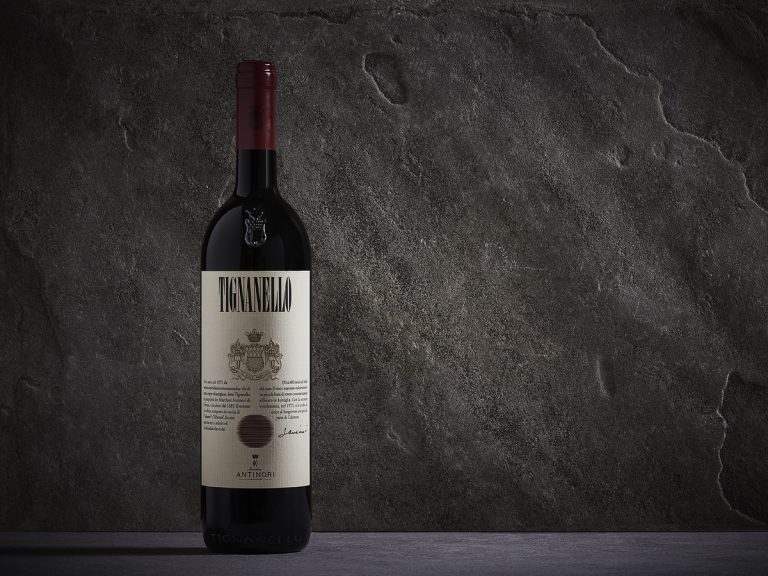 After 50 years, Tignanello still captures the spirit of the times
After 50 years, Tignanello still captures the spirit of the times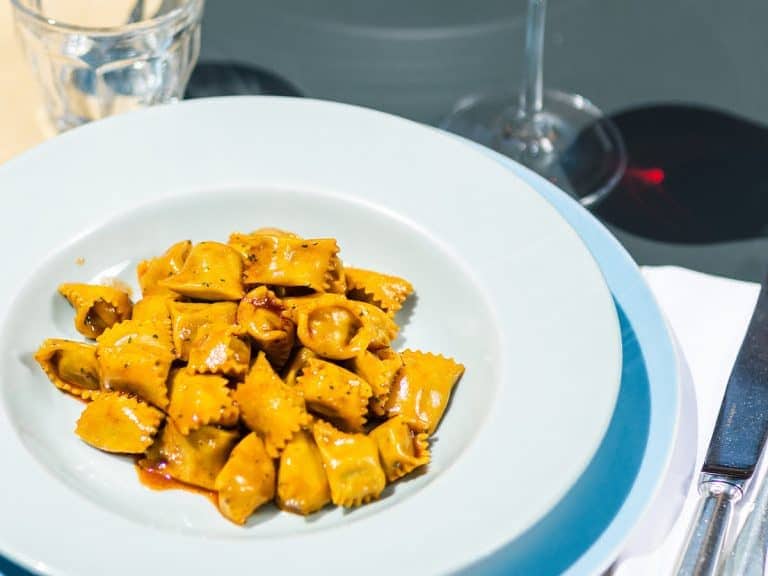 In the White Truffle Capital, one of Italy's best new trattorias (with the touch of one of Italy's top two Chefs)
In the White Truffle Capital, one of Italy's best new trattorias (with the touch of one of Italy's top two Chefs)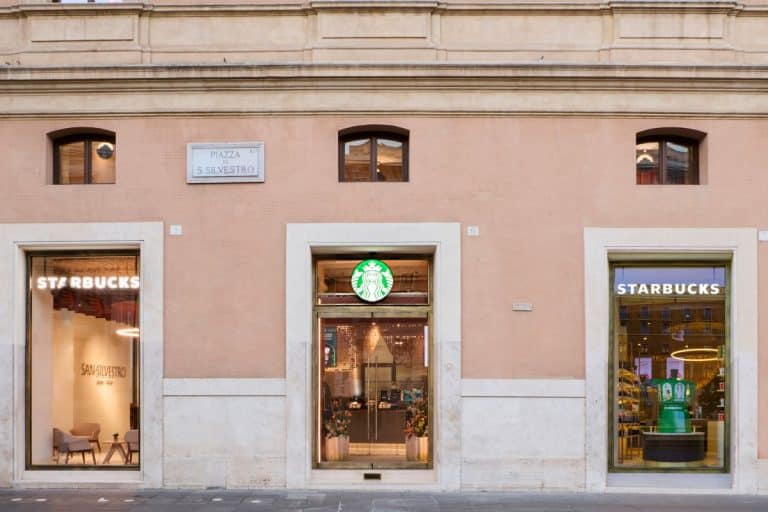 The first Starbucks flagship store in Europe opens in the heart of Rome, featuring a dedicated Mixology Bar
The first Starbucks flagship store in Europe opens in the heart of Rome, featuring a dedicated Mixology Bar